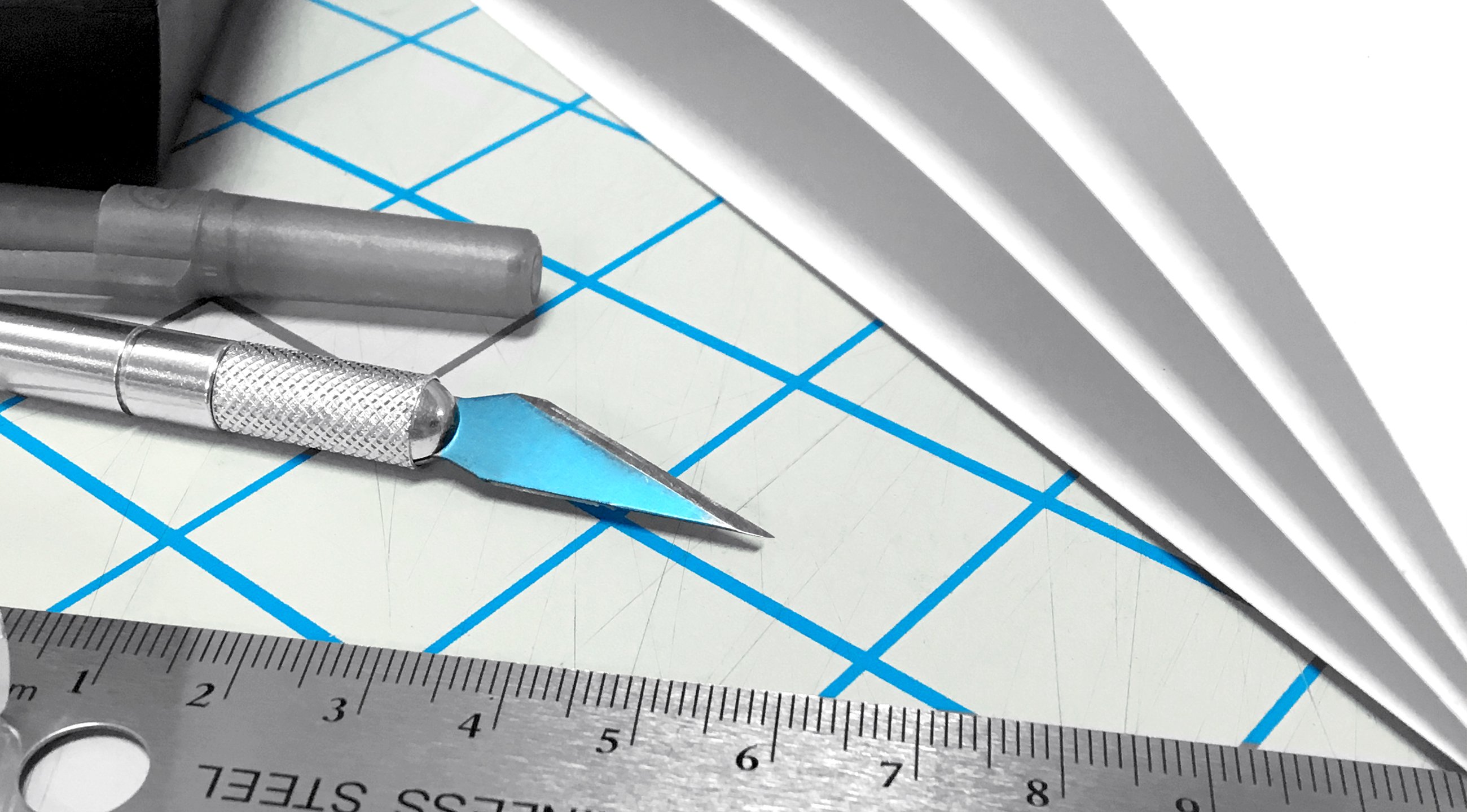
Buying print is not like buying any other kind of marketing product. Why? Because it is a custom-manufactured project based on your artwork, budget and marketing goals. Every project is unique due of the number of variables that come into play. It's the reason why most print products are not listed online with a flat price, unless they are a simple and standard format (like a plain business card or postcard).
Most print projects start with an estimate. The estimating team takes in your specifications and runs different scenarios about the best way to produce it given the equipment on hand and supplies needed. The quickest and most accurate estimates come from the most accurate specifications given: so basically "garbage in = garbage out!"
So, what do you need to provide to get a fast and accurate estimate? Make sure you have answers to these items when you're ready to get started:
- Quantity - There are printing price breaks when you reach certain quantities, because a project can move between machines with different speeds and capacities. But that doesn't mean you should ask for quotes from 500 to 50,000, as running the numbers multiple times will make your estimate take longer to turn around. Think realistically about how many final pieces you really will need, then ask your printer where the next big price break would be if you ordered more.
- Paper/Substrate - If you know what paper you'd like to use, then an accurate price can be provided immediately. If you don't have a specific paper in mind by brand name, please provide the weight and if you prefer coated or uncoated stock. Most printers will default to a set of frequently-used papers called "house stocks" because they are usually kept in-house at certain inventory levels for use year-round. Read more about how to pick your paper.
- Flat Size/Folded Size - The size of your piece is one of the most important parts of a estimate, as it determines how much paper will be needed and what machines can produce it. If it is being mailed or shipped it can also affect how much postage will cost.
- How Many Colors - Printers can print with 1, 2, 3, 4 (CMYK) colors or more. If you are only printing black ink or one color you could see savings over a full 4-color quote.
- Finishing Techniques - These are all the things that would come after printing. Does your piece need to be folded, die cut, foil stamped, have specialty coatings added, saddle-stitching? All these processes are individually priced and added to the estimate. If it can be done in-house at your printer, the estimate will be quick and pricing will be lower. If it must go to an outside vendor, this will delay the estimate turnaround time as we have to wait for their response on pricing before passing it along to you.
- Budget and Due Date - If you can give a ballpark budget and approximate due date this can help immediately rule out certain materials and techniques based on their cost or production time needs. A rush job may cost more because it has to be run on the equipment that is available at the time, which may be more expensive.
- Delivery - Is this project being mailed individually to recipients, distributed in batches to different locations, or shipped in bulk to company headquarters? For a complete estimate we want to include the costs to get the product to its final destination.
- Artwork/Dieline/Mockup - If you already have the art ready, or even just the dieline or a mockup of how you want your marketing piece to look, this can help speed up the estimating process as it can help clear up communication issues for aspects of a project that don't come across well in text format.
Frequently Asked Questions about Estimates:
How long does an estimate take?
If you provide all the specifications our team needs according to the list above and everything can be produced within our four walls, an estimate can usually be turned around within 1 business day.
What if the estimate is too high for my Budget?
Let us know if there is any flexibility in your specifications. Are you willing to change:
- the paper?
- the final size?
- the number of ink colors?
- the finishing techniques?
A slight change in size could allow us to run two pieces on a sheet of paper instead of one, effectively cutting your costs in half for example. Get more cost cutting ideas here.
How long is an estimate good for?
Currently our estimates are good for a period of 30 days. After that we'll want to re-confirm the paper pricing and other aspects of the estimate are still accurate.


